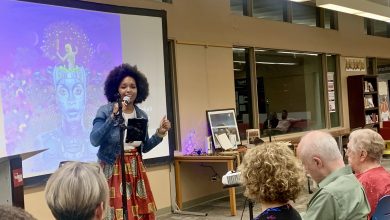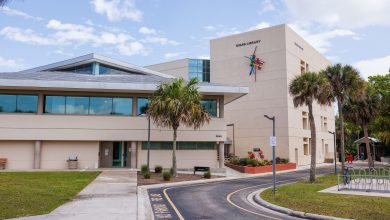Open Access Week: An Introduction
guest post by David Lowe
Happy Open Access Week (October 19-25, 2015)! Maybe you’ve been following this event over its eight year life span, or maybe you’ve never heard of it before; still, you might wonder what good has been accomplished in that time frame. Here is a description, with some highlights of accomplishments and steps you as a researcher might take:
Open Access (OA) Week is a time set aside for the scholarly community to raise awareness about OA as “the free, immediate, online access to the results of scholarly research, and the right to use and re-use those results as you need.”[1] Perhaps in your research you’ve had occasion to encounter links to materials that required you to pay to read them. OA counters such “pay walls” with the notion of unfettered access. That’s a good thing for moving academic research forward.
So what’s been done?
For one thing, the number of peer-reviewed OA journals has more than doubled to over 10,600 currently,[2] up from below 5000 in 2009.[3] That’s over 2 million articles at your fingertips, 24 X 7 X 365: Academic research of verified quality, available for free consumption.
Next, federal funders have taken some powerful strides toward OA with a series of steps aimed at making the products of research grants accessible into the future, including articles that summarize researchers’ findings, as well as the projects’ data sets as such. Since 2011, if you submit a grant proposal to NSF, for example, you must include a Data Management Plan that explains what data your project will generate and how you will provide access to it into the future. (By the way, Evans Library staff stand prepared to help you with that; see: http://libguides.lib.fit.edu/RDM .)
In response to the funders’ new requirements, both publishers and academic libraries have answered with initiatives to enable these OA stipulations, expanding as they are across agencies and even to private funding sources. The publisher response is known as Clearing House for the Open Research of the United States (CHORUS) and it involves having authors indicate when an article they are submitting needs to be OA as part of compliance for funding; such articles will be freely available, if all works as planned. Libraries, on the other hand (and in particular the Association of Research Libraries [ARL], in partnership with other higher ed organizations), have countered with the SHARE project, an ambitious effort to track articles, data sets, and similar products of research toward the goal of cataloging and making these resources available. An essential piece of both efforts will be ORCiD, a unique identifier and profile system which all researchers and authors in academia should register for; see: http://orcid.org .
In the next OA week post, we’ll look together at some other tools that scholars will likely encounter in this evolving ecosystem.
[1] See: http://www.openaccessweek.org/page/about
[2] See: https://doaj.org/
[3] See: http://journals.plos.org/plosone/article?id=10.1371/journal.pone.0020961





